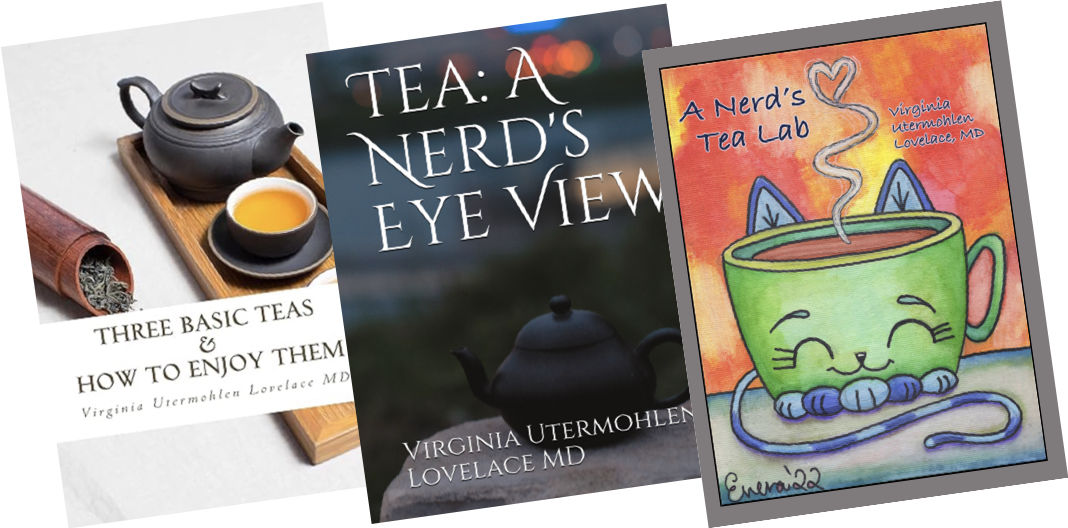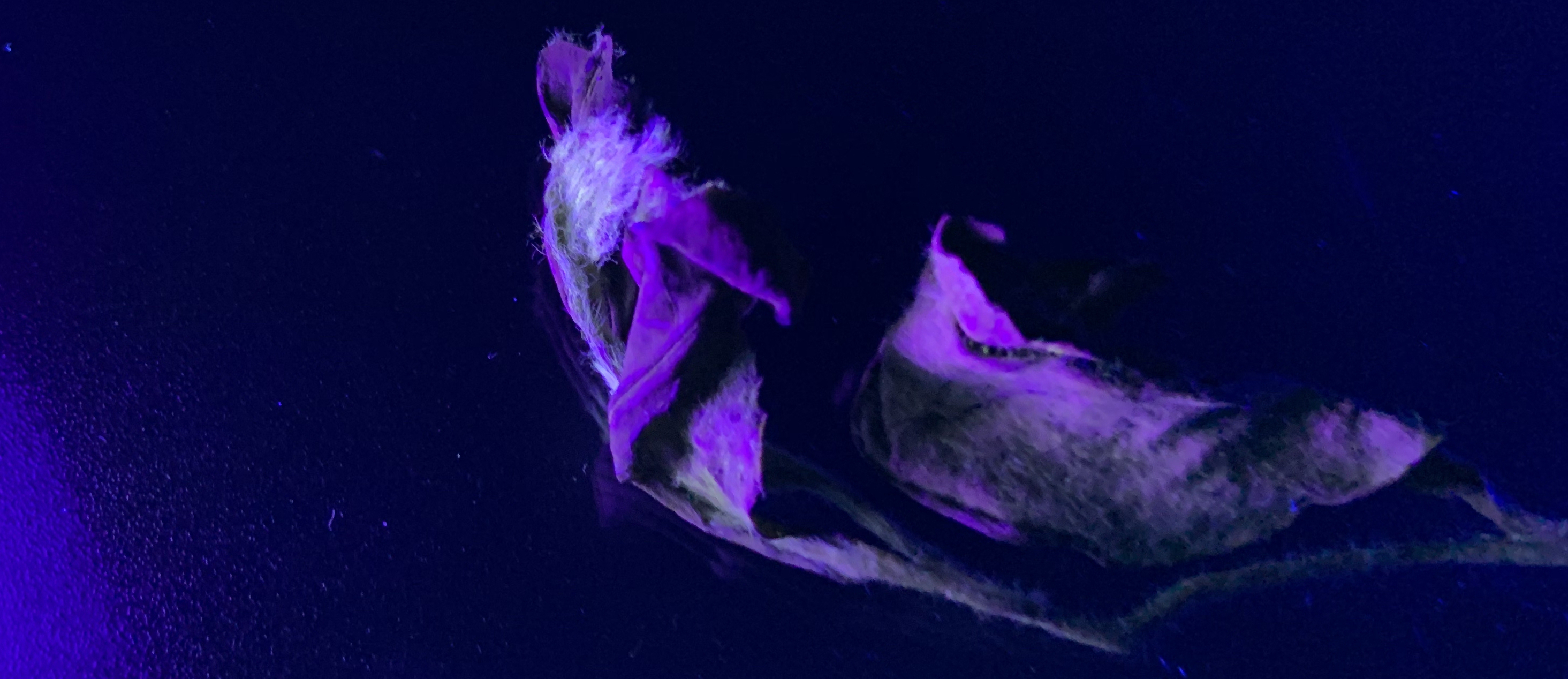
Three books, and one more just published!
I was so excited when it became possible to publish book through Amazon—I could start to put together all the knowledge I had gained about tea into books that would be accessible to everyone.
In the first book, "Three Basic Teas & How to Enjoy Them," I began my discussion of taste and flavor, and how tea processing leads to the differences in flavor we experience with green, oolong, and black teas. After tasting many many different teas, I was able to describe my experience with them and to make recommendations for brewing and pairing these teas with food. Also included some myth busting and fun facts, and also a bit of chemistry explained for non-chemists so you can understand why the flavors work the way they do.
My next book, "Tea: a Nerd's Eye View", expands on the information in my first book, to include much more about our flavor systems, the plant Camellia sinensis itself, and details about how growing and processing leads to the different kinds of tea with their different flavor profiles. I included history about the plant and its cultivation as well—the book is indeed somewhat encyclopedic.
Loved the book. Provides scientific explanations for how we taste and smell, that is easy to understand. Can tell author is a tea lover. Good introduction to the many facets of tea drinking.Love to carry out experiments in my kitchen, so my next book is called "A Nerd's Tea Lab.". It's filled with experiments you can carry out in your kitchen, so you can really understand your teas and how to brew them for the most enjoyable flavors.
For those of you who are interested in a spiritual side of tea, my latest book, "A Nerd Contemplates the Japanese Tea Ceremony" brings you the elements and development of the chanoyu as a meditation practice. Here's what a tea person who previewed the book said:
I feel absolutely enlightened. This is a different aspect to tea I have not come across before...a unique blend of science, history, religion, culture and tea appreciation. The book is also very personal with snippets of your personal stories, experiences and what you do currently. Pure poetry.

